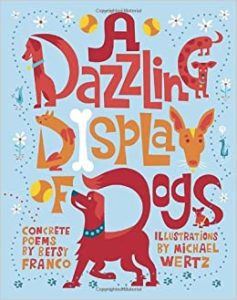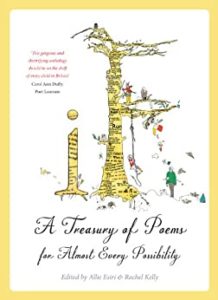An Absolutely Remarkable Thing by Hank Green
You know that feeling, when you have been putting off reading a book that a friend recommended to you – and then you read it, and you also need to tell everyone about it?
Well, let me tell you about “AN ABSOLUTELY REMARKABLE THING” by HANK GREEN.
April May is a twenty-three-year-old graphic designer living in New York City. Walking home from a very, very late work night she discovers a ten-foot-tall, completely stationary robot dressed in samurai armor.
Her first instinct is to call up one of her friends from art school – Andy – who wants to be internet-famous, and owns video equipment. Together, they make a short video, spoofing a news report, talking about the giant robot (April calls him Carl). When April wakes up the next morning, her entire world has changed.
The video that she and Andy made has gone viral, every news agency in the country – and many in other countries – has been airing it. She has hundreds of emails from people asking her questions about Carl, wanting to know more about what she saw. Because her Carl is not the only one; there are sixty-four Carls in cities all over the globe.
Each Carl appeared at exactly the same moment, huge and immovable, without anyone seeing how they got there or where they came from, and April was the first person to capture one on video. April makes appearances on news programs and late night talk shows. She and Andy make more videos. And April gets very into Twitter. Soon she is the most recognizable person on the planet.
With this fame comes power; and as April becomes increasingly famous, she discovers a growing desire in herself to keep this audience. She will do anything to continue to be the authority on Carl.
People around the world have been studying the Carls, and the cryptic clues left on any surveillance footage from the exact moment they arrived. To stay relevant, April needs to keep providing answers. She assembles a crew of fellow twenty-somethings, who can help her decipher the mysteries of the Carls.
Using social media, and April’s influence, they are able to crowd-source the answers to many of the questions surrounding the Carls, but every answer seems to lead to more questions. Where did they come from? And what do they want from humanity?
“AN ABSOLUTELY REMARKABLE THING” is intensely readable. The book is told in first-person perspective; April is telling you the story as if you (the reader) remember the events she is describing – as if you might have seen a Carl firsthand.
April is speaking as a person who remembers these events, and has had time to process them – and time to think better of many of her choices. She makes many terrible decisions throughout the course of the book. I found myself liking the book, but not liking April.
This is Hank Green’s debut novel, published in 2018. It illustrates how humanity reacts to the unknown – whether with fear or wonder. It also delves into the virtues and perils of social media with regard to both our culture and ourselves – as a YouTube personality himself, Green understands this better than most. If you enjoy “AN ABSOLUTELY REMARKABLE THING,” I will mention that next month it is getting a sequel: “A BEAUTIFULLY FOOLISH ENDEAVOR” comes out July 7th!




 A Dazzling Display of Dogs by Betsy Franco, illustrations by Michael Wertz
A Dazzling Display of Dogs by Betsy Franco, illustrations by Michael Wertz